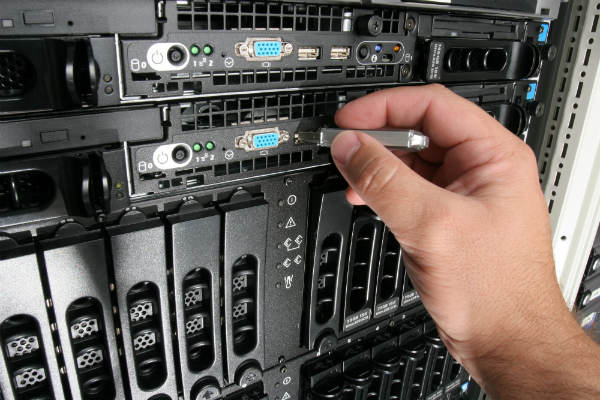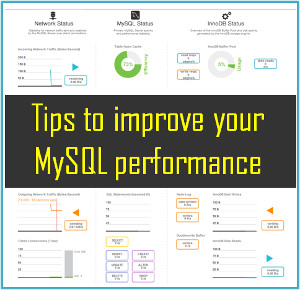The Datacenter Energy Crisis Wages On

There are researchers working diligently night and day to develop new algorithms which will allow data centers to run efficiently during off-peak hours, evenly distributing the load with peak performance times of the day. Load-balancing algorithms generally become prevalent when traffic distribution needs equalized across several sets of servers. Finding an algorithmic means to distribute energy to put non-active processes into sleep mode would alleviate the server strain and keep power only to servers running necessary processes while many consumers and businesses are down for the night.
Currently, many businesses that run around the clock rely heavily on optimum performing servers that require all processes running beyond capacity, causing an influx of energy consumption. Therefore, nipping this server strain in the proverbial bottom should be the first place to look for power-saving solutions.
Since many servers are running at only 15% of their full capacity at any given time, money is simply remaining idle - money that was previously invested into a machine that is set to perform a purposeful operation. Modeling load spikes to optimize the full capacity and processing power of top-notch servers, while taking measures to feed cool air into data centers through heavy bursts of air during peak times would allow for this optimal use of server efficiency yet many smaller data centers supplement their cooling costs by allowing data centers to run even during off-peak times while allowing smaller, unventilated areas to run hot, causing routers to fry and wiring to lose usability.
Sensor Balancing
Physical sensors that detect peak performance times based off historical trends in server requests would allow servers to only be pushed during the times it’s needed most. Prompted by sensors, cooling measures could push air into needed areas through miniature tubes; this would save on overcooling areas of data centers that need not to be cooled, and keep the racks upon racks of servers sensor-cooled when needed. In other words, sensory measures could be implemented to make sure overcooling isn’t an issue while allowing servers running during off-peak hours to be rested - all done through the power of sensors.
Along with sensors, renewable electricity needs to be implemented, whether this is accomplished through electric generators that are hydrogen based or simply solarizing the entire data center with panels which maximize solar energy, store it in miniature power cells, and allow the data centers to moderately use that which was collected. Running biofuel generators which can be propelled with common vegetable oils, grease or other normal refuse items would be another way to control costs. Cable needs to be converted completely to aluminum-based wiring which historically is much more energy passive yet easier to keep cool.
As we shop for basic conveniences like technology, home decor from Fabrooms.de online shop and other modern needs, we should be thankful for today's energy innovations that preserve data centers at big stores.
Overcompensation
Overcompensating for data center cooling isn’t frugal, yet not having adequate means to cool the data center isn’t good financial sense, either. Finding a happy medium between renewable power sources, servers that run off sensory cooling devices along with properly managing the loads between servers during peak and off-peak times will accomplish the inevitable short-term energy savings while keeping the environmentalists content that you’re using mother nature to power and cool your servers.
Maybe we should shoot for geothermal?
The term geothermal originates from the two Greek words ‘Geo’ and ‘Therme’ meaning earth and heat respectively. Geothermal Energy is just that, it is the heat which is derived directly from the earth’s centre and stored within the earth’s layers. Geothermal energy is used to produce electricity, to heat out buildings and cool our offices. Certainly sounds plausible for data center cooling.


 David
David








